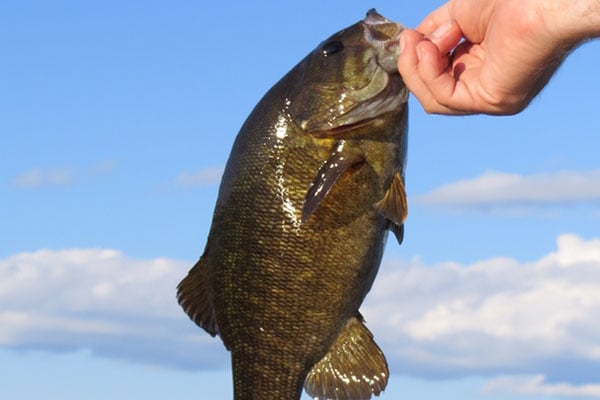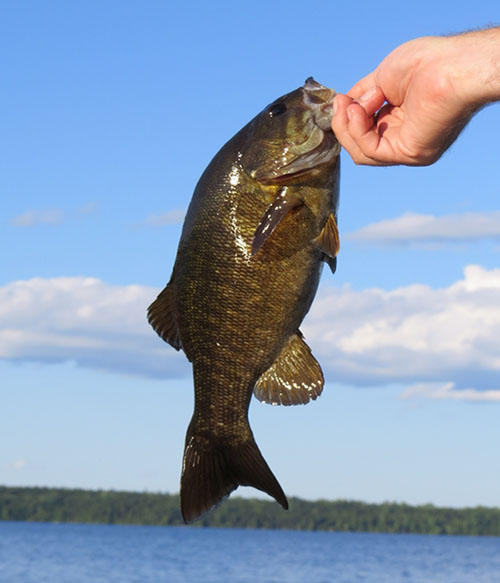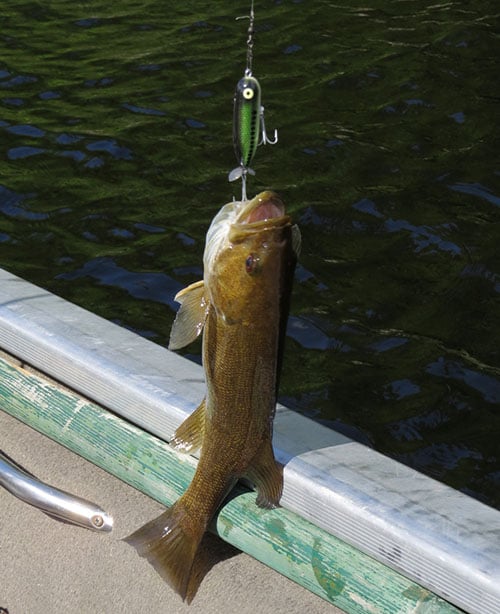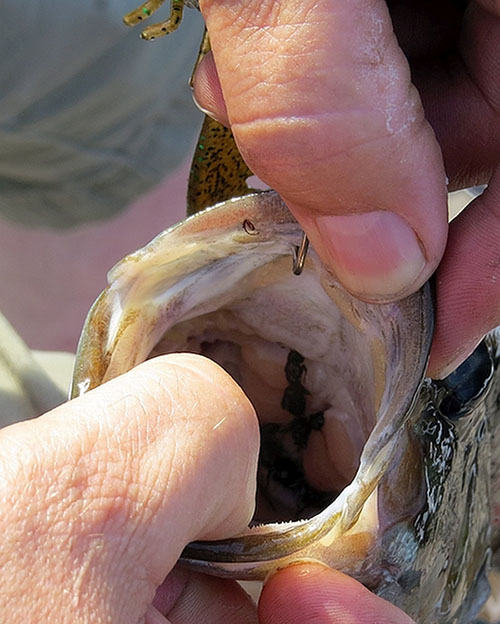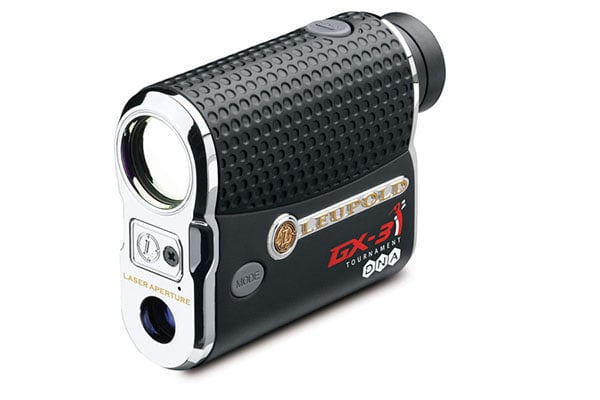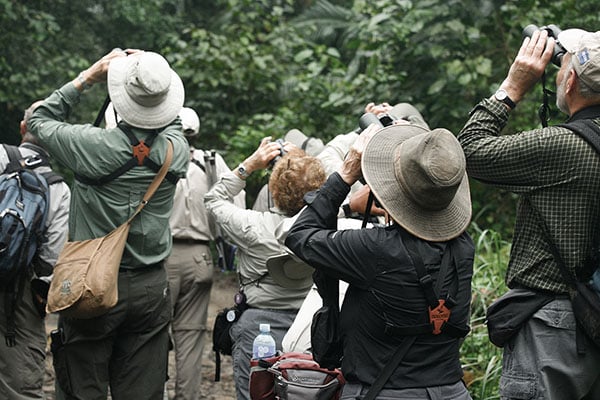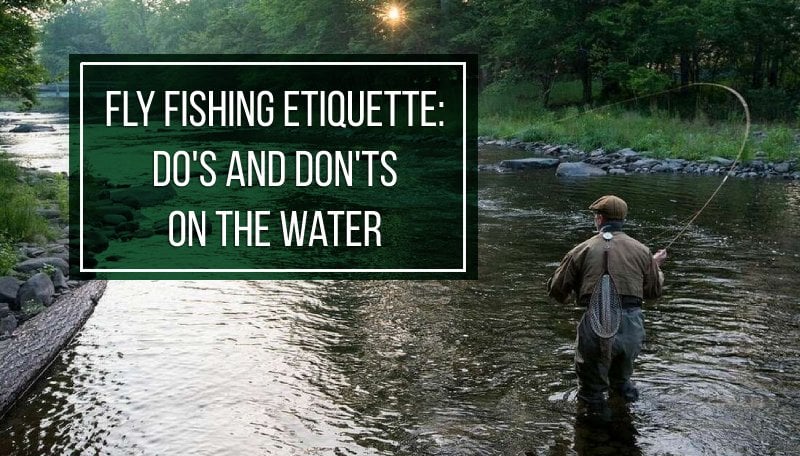Last Updated on
Spring bass fishing, the first chance we get after ice fishing closes to cast a line to a large or smallmouth bass. Mature bass are coming in from deeper water where they spent the winter to shallower, warming water in preparation for spawning. The water is cold, likely in the 40°s, so the fish are cold and sluggish. It takes more work to get them to bite. You might have to switch lures more often find something that works on bass that aren’t interested in feeding.
Fish the north to west sides of the lake where the sun warms the water earliest. During the pre-spawn, position your boat parallel to shore. I cast along the edge of drop off in 10’ to 12’ of water and bring the lure back the length of the drop off. Natural differences in depths will help you cover everything from deeper to shallow as you slowly reel the lure back. Topographical maps are a big help in finding the deep holes bass are starting to leave when you’re on a lake you don’t know well.
Cold bass aren’t aggressive so pay attention to slight changes. A bite will feel more like your lure has bumped something. It’s a tap more than a strike.
You’ll want smaller bait and ones that doesn’t look like they have to be chased. For soft baits, four inch soft worms with little tail action are enough right now. Crayfish are a year-round food for bass because they also leave shore and head for deeper water for the winter. Scent infused soft baits spread the attraction a little further away from the bait but I haven’t found it to be particularly helpful in such cold water.
For hard baits, minnows with a lip to bring them close to the bottom work well in murky water. Try a lipless crankbait with a tight wobble pattern. Use jigs the same way as worms and crayfish, dragging along the bottom. I like ¼ oz. jigs in water up to 10’, ½ to ¾ oz in deeper water.
In clear water, match your colors to the natural food choices. If the water is stained you’ll want bright colors. Chartreuse is my favorite.
I prefer fluorocarbon line because it sinks and helps get the lure to the bottom. Long casts allow you to pass the most promising area. Bass will have a chance to bite when the lure is approaching, right there, and as it is leaving them. Let the lure settle on the bottom and sit for 15 seconds.
Cold fish will strike as a reaction and out of habit if they’re not hungry. Reel slowly, dragging the lure 6” to 12” at a time. It will stir up a little silt and help catch the fish’s attention. Let it sit five to ten seconds between reels. Glowing soft baits in deep water have done well for me the few times I’ve been able to use them during pre-spawn.
Deadheads from the logging days are one of my favorite places to find bass. During pre-spawn, cast parallel to the log and bring the lure back the full length the same way you do a drop off close to shore.
During pre-spawn, bass will school up. If you catch one bass, cast back to the spot several more times.
One of the advantages of pre-spawn and spawn is a lack of weeds. You can use some of your favorite lures in great spots that are weedy later in the season when weedless baits are required.
Spawn starts when the water warms 55 to 60 degrees. Bass strike harder and faster. They’ve warmed up, their metabolism has picked up and they’re eating more. They’ll move a foot or two in either direction when you land a lure near making this a great time to introduce new anglers to the fun of bass fishing. Their casts don’t have to be precise. “Cast that lure to that rock,” is enough direction. Cast a lure to the fish if you can see it, or to the spot you know a fish should be. Let it sit a few seconds then reel. You don’t have to reel slowly; they’ll attack what’s in their space.
You can continue to fish the bottom with soft baits. Up the length of your worms to six or seven inches and choose ones like a grub tail with more action. Bigger crayfish mean bigger bass. Add a little jerk as you reel and mix up the speed a little. They don’t normally move at the same speed all the time. As always, match your colors to the conditions.
If you’re fishing top water, my favorite, choose a lure with a white to light yellow underside. I like soft frogs with a lot of leg movement. Soft baits infused with scent will attract fish in a larger area. Buzzbaits like the Torpedo on a flat calm lake will annoy spawning bass quickly. Choose lures with more action that will catch their attention. The Hula Popper by Argoblast has been a favorite of mine since I was a kid. Its tail has perfect action for fishing during the spawn.
Weed pressure is building but still low so get those lures past weeds to open water near shore while you still can.
If you’ve tried what looks to be a great spot twice and not found a bass, move on. If nothing’s biting it’s time to switch it up. Try different lures, scents, colors and shapes, and vary the depth.
My favorite time to bass fish is at the beginning of the post-spawn. Action! Action! Action! Strikes are hard and fast. You can fish anywhere from top water to bottom. You can send a lure out to deeper, cooler water. It hasn’t gotten so hot out that bass are stressed from glaring sun and heat when you need a moment to remove a hook.
A glowing soft bait can be seen a great distance in clear water and bass are willing to travel to get them. Scents travel well in warm water. Give your soft baits more action and reel faster as they come across the bottom.
There’s nothing like making a Heddon Zara Spook dance across the water on a hot summer day. Choose heavy lures that make a splash and noise when they land to attract fish from up to 20’ away. Wait five or six seconds before you start to reel to give those long-distance fish a chance to get there. Choose lures that imitate bait fish for any depth.
Looking for a challenge? Choose a light lure and make it dance. You won’t be able to cast it a long distance but the action you can get out of a light lure on calm water is a lot of fun. The downside is that light lures can be small and you’ll catch small bass. When fishing with kids and anglers who don’t care as much about catching lunkers, this is a great choice. A lot of fish, regardless of size, will get their attention and help them develop a love of the sport. I like Bumble Bug and Crickhopper, both made by Rebel. Raise and lower the tip of your rod to add to the action of lightweight lures.
Small lures don’t guarantee small bass. The four pound smallie pictured here was feeding on flying ants while I used a green Crickhopper.
It’s time to get out the weedless lures and go after the big bass hiding in the grass and lily pads. The Johnson Silver Minnow has been around for 80 years. The sun will flash off this lure in any of the colors and patterns available. It’s not fancy and it doesn’t make a lot of noise but it has great action. You can bring this through hydrilla without being hung up.
Another of my favorites is a hollow floating frog. It makes a splash when it lands, can be left to sit on the surface in lily pads with a hard twitch every 10 seconds, and most have great leg action.
